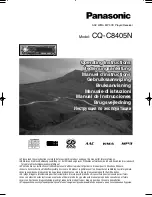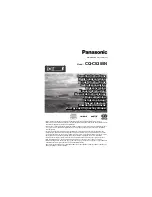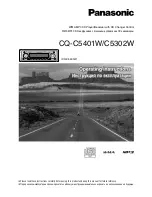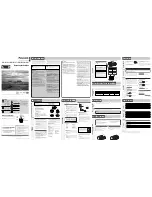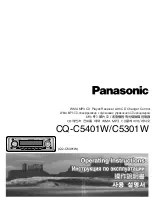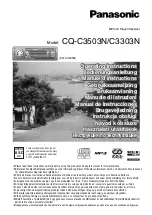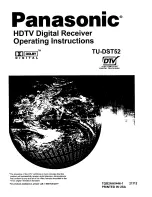
18
Screw terminals. Connecting the controlled device
The controlled device should be connected to the terminals of the selected receiver
output. If the device requires normally open (NO) control, connect it to the NO and C
terminals. In the case of normally closed (NC) control, connect the device to the NC and C
terminals.
Antenna
The receiver is factory-fitted with a rod antenna on the housing. In order to increase the
radio range, you can use a standard external antenna, using a coaxial cable with an
impedance of 50Ω for connection. Connect the antenna coaxial cable to the terminal
marked with the symbol Y (central cable conductor) and to the terminal marked with the
symbol GND (shield of the cable to the system ground).
Bluetooth module
The receiver is equipped with a Bluetooth module for communication with the dedicated
BT Control application. There is a label with the MAC number on the module, which
allows to identify the receiver on the list of available devices displayed in the application.
POWER LED
After turning on the power of the receiver, it automatically switches to the receiver's
operating mode, which is signaled by the lighting of the POWER diode. In the operating
mode, it is possible to control the channels of the receiver.
M2BT module
The M2BT memory module contains the configuration data of the receiver and the
database of saved remotes. It is placed on a stand, which makes it easy to transfer it to
another receiver, for example in the event of a device failure.
Channel signaling LEDs
Each switching on of the channel is signaled by the lighting of the channel's diode.
CON LED
There is a CON diode on the receiver's board. It lights up when the receiver is connected
via Bluetooth with the BT Control application.
Real time clock. RTC diode
The receiver is equipped with a real time clock. The RTC LED lights when the time is not
set. Time settings should be made in the BT Control application.
SW1 button
The button is used to format the receiver's memory.


















